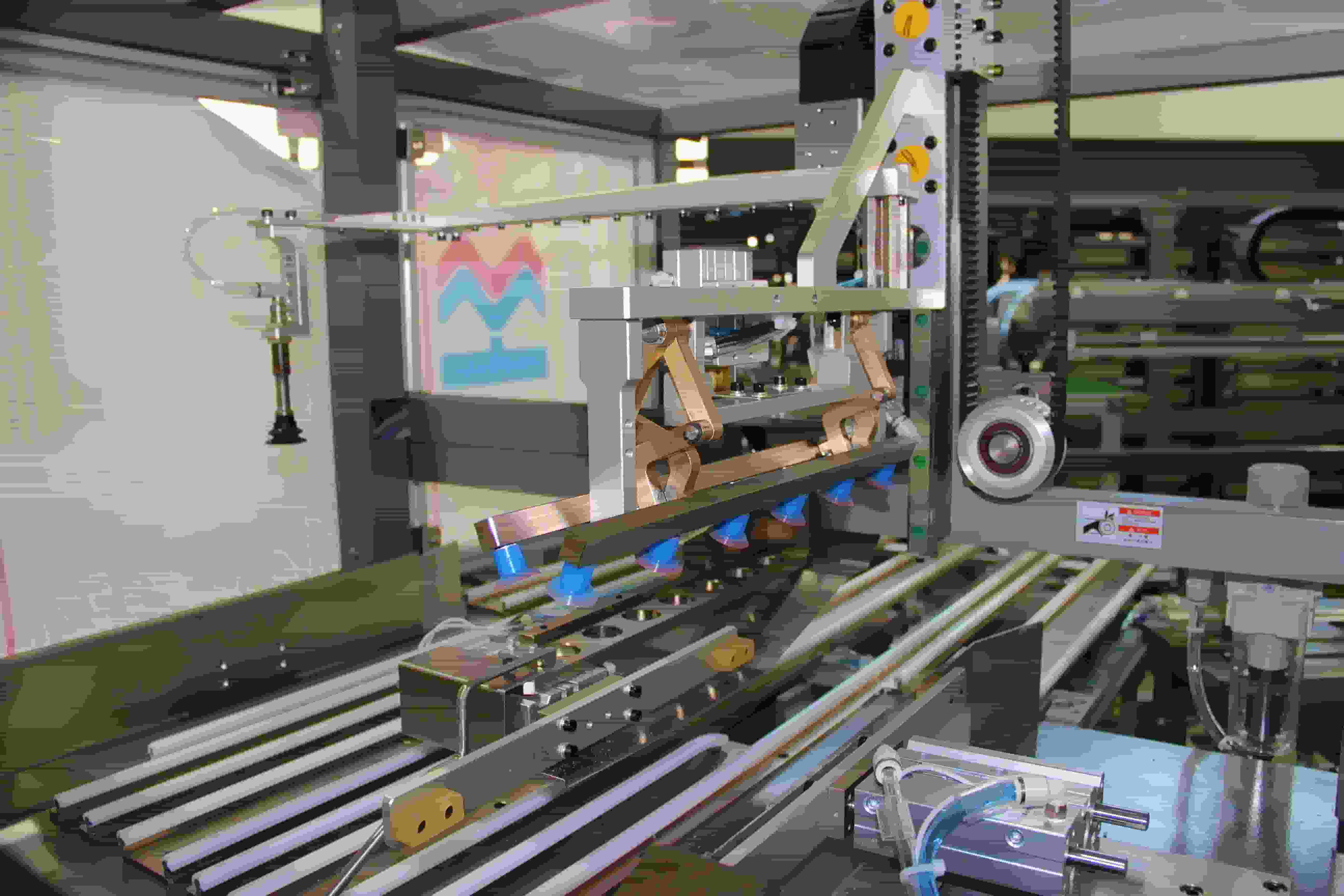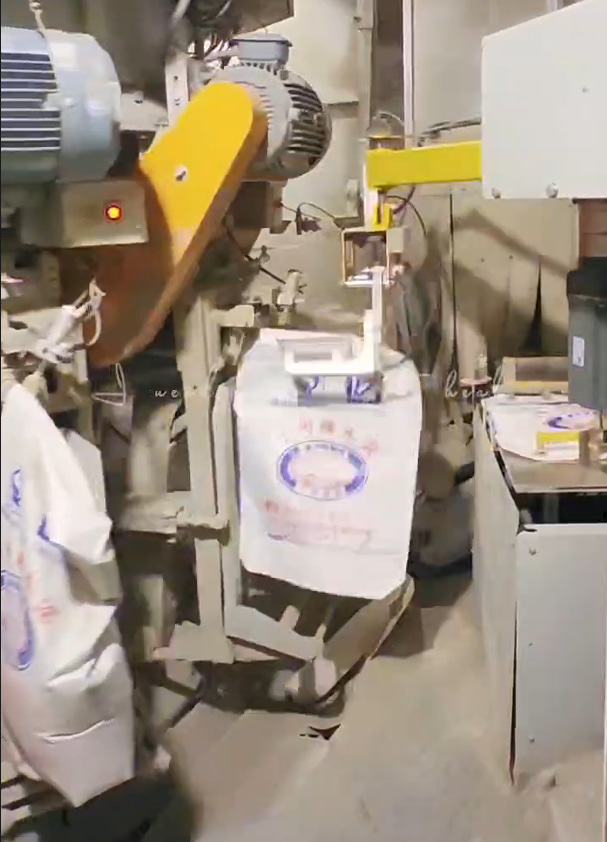GACHN Group's NEENAR produce the PP woven block bottom valve bag insertion machine.The Intelligent Bag Cement Inserter Machine is in line with the world's sustainable development goals.
Product name :
Intelligent bag cement inserter machineItem No :
JGCD-001Order(MOQ) :
1Payment :
30% advance payment, 70% balance before shipment or negotiableProduct Origin :
XIAMEN,CHINAShipping Port :
XIAMEN or Or according to your needsLead Time :
3 mouthsIntelligent bag cement inserter machine
The intelligent PP woven block bottom valve bag insertion machine is an automated packaging equipment, mainly used for packaging bulk materials such as cement. It can take out, sort, transfer, and finally open the cement valve bag from the storage bin through the suction cup, and accurately insert it into the filling port, so as to bag bulk cement and other materials, thereby realizing the automation and high efficiency of the entire packaging process.

Gachn-Jeenar launched a new intelligent PP woven bag insertion machine. With the improvement of production level, both at present and in the future, cement plants are moving towards getting rid of the "dirty, messy and poor" production environment. There are more and more garden-style factories, and the dust pollution at the bagging site is serious, which is relatively harmful to the health of operators. In addition, the labor intensity is high, monotonous and boring, and the labor cost is gradually increasing. Powder leakage is also a huge waste, and production costs are also rising. The main problems of the current cement plant environment are as follows:
(1) Dust pollution
Dust is the main occupational hazard factor in the cement packaging production process. Filling cement packaging generates a large amount of dust. Generally, the free silica content in raw materials is about 10%, and the free silica content in clinker is 1.7%~9.0%. Working in this environment for a long time will cause varying degrees of damage to the body. Long-term inhalation of raw material dust can cause silicosis, and inhalation of clinker and cement dust can cause cement pneumoconiosis.
Gachn-Jeenar Cement Bag Inserting Machine has designed a precise bag insertion system for the problem of filling cement. It can greatly reduce the problem of dust leakage during cement filling. Through the statistics of the bag insertion machine's operation data, it shows that the bag insertion success rate is stable at more than 99.9%. Compared with traditional manual filling, the problems encountered such as broken bags leaking powder and excessive bagging causing dust flying are greatly reduced.
(2) Noise pollution
The main source of noise in cement production is mechanical noise from packaging machines, etc. The noise of the filling machine during operation is measured to be >80dB. The impact of noise on the human body is systemic, which can cause changes in the auditory system and non-auditory systems such as the nervous system and cardiovascular system. Long-term exposure to strong noise may cause pathological changes.
Gachn-Jeenar bag inserter is different from the traditional bagging method. After using the bag inserter, one worker can watch 3-5 bag inserters. And workers do not need to get close to the filling machine, which greatly reduces the harm of noise to workers.
For a long time, most domestic cement plants have adopted the traditional manual bagging method. Some companies will also purchase the common jet-type automatic bagging machines on the market. Automated machines are indeed more environmentally friendly than manual ones, but they still cannot completely solve the powder leakage problem in this link. In order to change the current severe working environment, respond to new requirements such as protecting workers and increasing production, reduce the harm of cement dust to the human body, improve the grade, technical content and added value of cement packaging, and enhance the company's market competitiveness, Gachn-Jeenar bagging machine adopts the injection and suction bagging method, which is particularly suitable for rotary cement packaging machines. The working efficiency is up to 2400 bags/h, and the actual packaging machine output is 120t/h. While improving work efficiency, it also greatly reduces the labor intensity of workers and improves the working environment. Workers do not need to come into close contact with packaging equipment, thereby avoiding the harm of dust and noise to the human body and avoiding occupational health and environmental risks in the production process.
